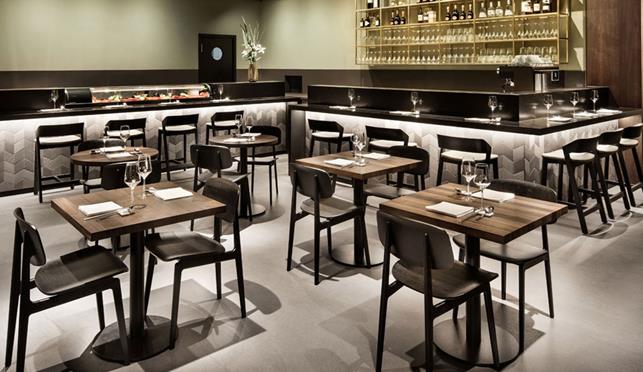The furniture in a restaurant is undoubtedly an important aspect of the business. When customers step into your restaurant, the furniture in the establishment have to play the all-important role of leaving a positive first impression. To that end, it is necessary to ensure that it is always clean and well maintained.
With all the eating and socializing that takes place in your restaurant, over time the chairs and table can accumulate their fair share of grime. Unlike commercial kitchen equipment, your commercial furniture may not be getting as much cleaning attention as their kitchen counterparts.
Table Tops
Some of the most popular surfaces for table tops are made of laminate, resin and granite.
- For laminate tops:
- Use warm water and a mild detergent mixture to clean before and after each use
- To remove stains, mix a mild cleaner with baking soda to form a paste;use a stiff nylon bristle brush to scrub affected area
- To remove a more stubborn stain, acetone (nail polish remover) can be used to spot-clean; rinse and dry well (always spot-test first)
- For resin tops:
- Use warm water and a mild detergent mixture to clean before and after each use
- To disguise scratches, try an all-purpose cleaner followed by a lemon furniture polish (be sure to spot-test first)
- For granite tops:
- Use warm water and a mild detergent mixture to clean before and after each use
- To remove stains, use hydrogen peroxide (always spot-test first)
- To remove water stains, use vinegar (always spot-test first)
Table Edges
Wood, vinyl, and urethane are commonly used on the edges of tables.
- Use a solution of dishwashing detergent and warm water
- To clean, apply the solution with a clean, soft cloth.To wipe dry, use a clean, soft cloth.
- To ensure minimal damage and maximum clean (considering how vastly different these materials are), opt for the safe route: mild, soapy water with a clean cloth.
Seating
- For fabric/upholstery:
- Vacuum with an upholstery attachment (for added protection, use a window or other screen in between the nozzle and the fabric)
- Blot spills up with a dry towel
- For wood finish:
- Dust regularly with a soft cloth and wipe with the grain
- Choose a polish designed for the finish and do not switch product brands, as a change could cause a cloudy appearance
- Coat with a hard paste wax every 3-4 months in the first year, less often after (paste wax will also help to disguise scratches)
- Use a dry cloth to clean up spills immediately
- To remove spots or burns, a quick dab of ammonia followed by wax may help (always spot-test first)
- To remove water rings, apply paste wax and rub fine steel wool over the rings (always spot-test first)
- For leather:
- Dust with a barely dampened cloth and slightly warm, plain water
- To remove dirt or stains, either use a real soap product (no wax or detergent) and water or use a mixture of 1 part rubbing alcohol and 1 part water very sparingly applied to a cloth and rub the spoiled area (we recommend spot-testing first)
- To remove grease, sprinkle some corn starch onto the spoiled area and let it sit for a few hours before gently dusting it off
- For tufts, try dusting with a dry toothbrush
- For metal finish:
- Wipe metal parts with a cloth dampened with plain water
- To remove dirt, gently brush the surface with a soft-bristled brush
- To remove grease or more stubborn stains, use a mild soap and water



